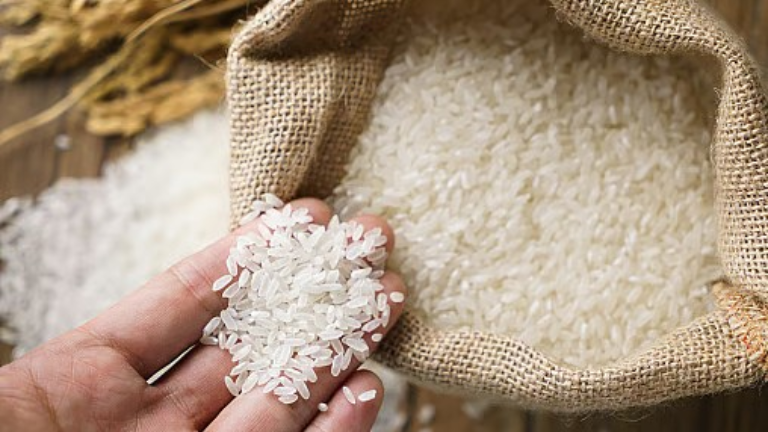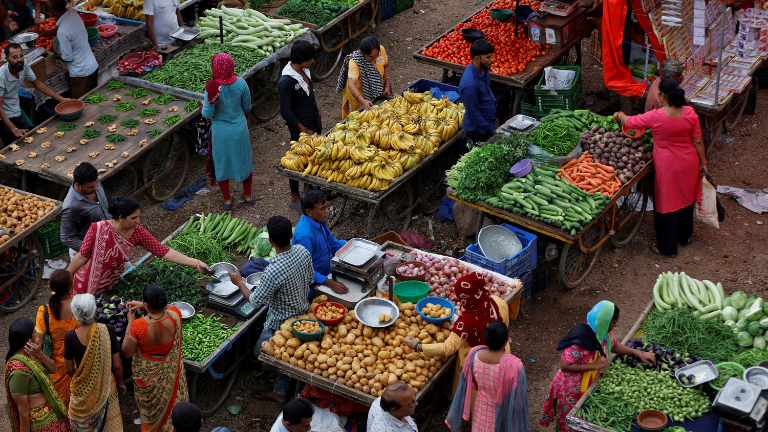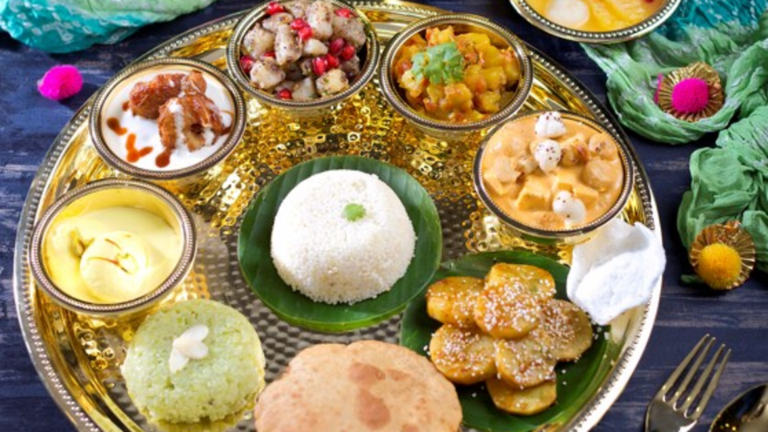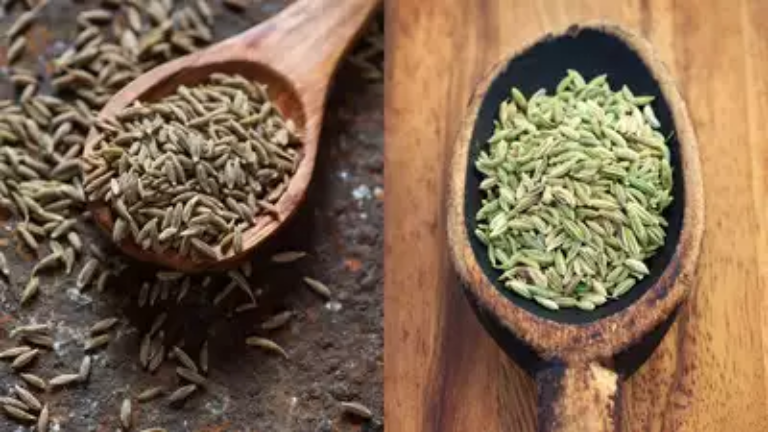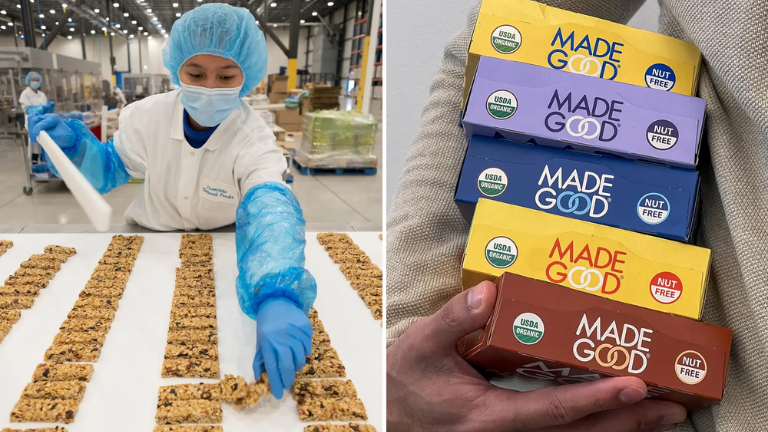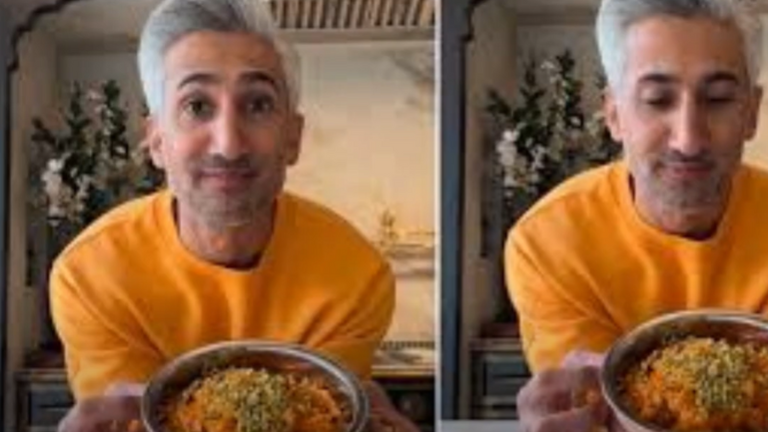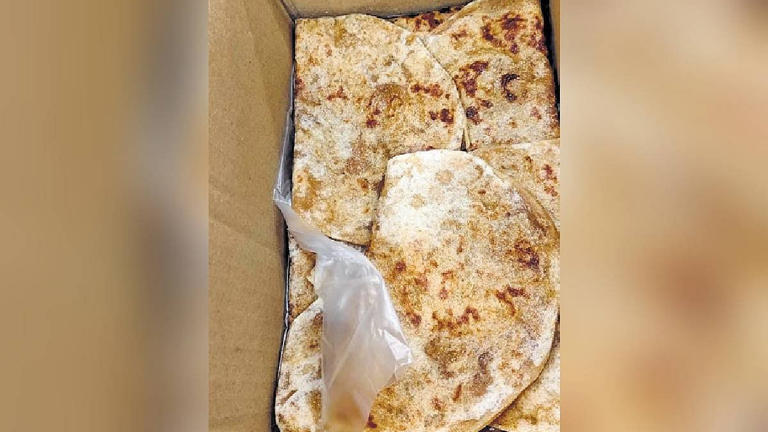Karnataka Government Replaces Cash Allowance with 10 Kg Free Rice Under Anna Bhagya Scheme
In a significant policy shift, the Karnataka government has announced that beneficiaries under the Anna Bhagya scheme will receive 10 kg of free rice instead of the ₹170 cash allowance previously provided under the Below Poverty Line (BPL) scheme. This move comes as part of the state’s pre-poll guarantee, fulfilling the promise of providing additional 5 kg of free rice per month to eligible families.
The decision was confirmed by Karnataka Minister for Food, KH Muniyappa, who stated that the monthly Direct Benefit Transfer (DBT) of ₹170 per person for rice will be discontinued from February 2024. This means that instead of receiving cash, beneficiaries will now get the full quantity of rice directly.
Why the Shift from Cash to Rice?
The Congress-led Karnataka government had initially introduced a cash allowance in place of rice due to a shortage in supply. However, it has now secured the additional rice stocks, allowing for the complete implementation of the Anna Bhagya scheme in its original form.
Muniyappa also pointed out that the central government has agreed to supply additional rice, making the transition possible. Previously, Karnataka had accused the Centre of obstructing the scheme by not providing enough rice, despite sufficient stocks being available in Food Corporation of India (FCI) warehouses.
With the Centre now supplying rice at a reduced rate of ₹22.5 per kg, the state expects to save between ₹150 crore and ₹190 crore, making the scheme more sustainable.
Key Changes in the Anna Bhagya Scheme
What’s Changing?
- Beneficiaries will now receive 10 kg of rice per person instead of ₹170 cash allowance.
- Cash allowance (DBT) will continue only until January 2024.
- From February 2024, the full 10 kg rice per person will be provided.
Why Was There a Cash Allowance Earlier?
- Due to insufficient rice stocks, the state government had been providing ₹170 per person to buy 5 kg of rice.
Why Rice Instead of Cash Now?
- The Karnataka government secured additional rice from the Centre, allowing them to fulfill the original promise of 10 kg of free rice per person.
- The state will now save up to ₹190 crore as rice will be provided at a lower cost.
Political Tensions Over the Scheme
The Anna Bhagya scheme was one of Congress’ five major poll promises during the Karnataka Assembly elections in May 2023. However, the state government had previously blamed the BJP-led central government for allegedly delaying or restricting rice supply, which led to the temporary cash allowance policy.
With the Centre now agreeing to provide rice at a subsidized rate, the Karnataka government is able to fully implement the scheme, despite earlier political disputes over the issue.
Complaints of Non-Payment in Other Welfare Schemes
In addition to the Anna Bhagya scheme, the Karnataka government has faced complaints regarding delayed payments under the Gruha Lakshmi scheme, which provides ₹2,000 per month to women heads of families. Some beneficiaries have reported non-receipt of payments, raising concerns about the implementation of welfare programs.
However, the government remains committed to ensuring smooth execution and timely distribution of benefits under its flagship welfare schemes.
Impact on Beneficiaries
The shift to direct rice distribution under Anna Bhagya is expected to:
✔ Provide food security to BPL families by ensuring 10 kg of rice per person every month.
✔ Eliminate cash dependency, making it easier for beneficiaries to access food directly.
✔ Reduce financial burden on the state by saving ₹150-190 crore due to lower rice procurement costs.
✔ Strengthen food distribution networks across Karnataka, ensuring uninterrupted supply.
Final Thoughts
The Karnataka government’s decision to switch back to free rice instead of cash transfers under Anna Bhagya marks a major step in fulfilling its election promise. With additional rice supply secured, beneficiaries can now receive 10 kg of rice per person, strengthening food security for low-income families.
However, the political debate over rice procurement and welfare distribution continues, with opposition parties likely to challenge the government’s handling of its flagship schemes. As implementation unfolds, the focus will be on ensuring smooth distribution and addressing any logistical challenges.
For Karnataka’s BPL households, this policy shift could mean greater food stability and relief from rising food prices—a crucial step in reducing hunger and ensuring nutritional support for vulnerable communities.

